AI Enthusiast Weekly(2024-08-05) : "DeepSeek API: 90% Cost Reduction with Disk-Based Context Caching"
"DeepSeek API: 90% Cost Reduction with Disk-Based Context Caching"

DeepSeek API introduces disk-based context caching, eliminating the need for code adjustments. This feature stores frequently used data on distributed storage, reducing API costs by 90%. It is particularly beneficial for large prompts, such as 128K ones that require frequent references.
Distributed Storage: A method of storing data across multiple computers or servers, which enhances reliability and access speed.
ScoresAI News
AI-Driven Inverse Design Method for Metamaterials Achieves High Accuracy

The team from Huazhong University of Science and Technology has developed an AI-assisted inverse design method for metamaterials with an accuracy rate of 98.92%. This method, utilizing machine learning and finite element analysis, addresses complex issues in metamaterial design, such as parameter complexity and geometric deformation nonlinearity.
Metamaterials are materials with unique mechanical properties, widely used in seismic-resistant construction, aerospace, and biomedical fields. Traditional design methods require repeated trial and error, whereas inverse design optimizes the design process by starting from performance requirements, thereby shortening the development cycle.
The team leveraged AI technology to enhance design efficiency and precision through extensive data learning. By integrating inverse networks and forward networks, they achieved a direct mapping from performance to structure, quickly generating design solutions that meet specific performance requirements.
This research not only propels the development of the metamaterial design field but also provides new insights for mechanical intelligent systems. In the future, the team plans to explore more complex generative AI models to further enhance the richness and reliability of design solutions.
Salesforce AI releases MINT-1T multimodal dataset.
Salesforce AI has released MINT-1T, a massive open-source dataset. It boasts a trillion tokens and 34 billion images, making it the first of its kind in multimodal data. This resource promises to revolutionize AI training by providing unprecedented depth and variety.
"Token" refers to individual units of meaning in data, crucial for AI learning. "Multimodal" means the dataset integrates various types of data—text, images, etc.
The EU's Artificial Intelligence Act officially takes effect: the world's first comprehensive regulatory legislation.
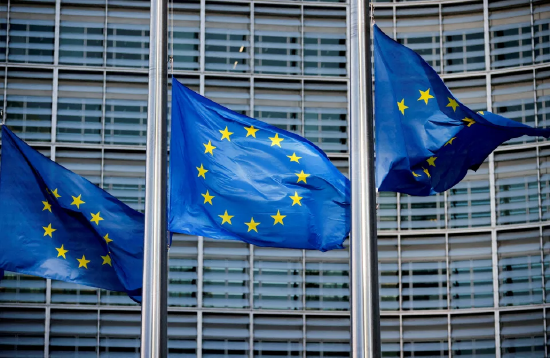
The EU's Artificial Intelligence Act comes into effect, marking the world's first comprehensive regulatory framework for AI. It mandates that chatbots inform users of machine interactions and ensures the detectability of synthetic content. Systems threatening fundamental user rights are prohibited. Non-compliant companies face fines up to 7% of their annual turnover. Member states must designate supervisory authorities and complete this by 2025. Most rules will take effect in August 2026.
This Act signifies a significant advancement in the EU's regulation of AI, emphasizing transparency and user protection, and holds profound implications for the global development of artificial intelligence.
Google Enhances Chrome with Gemini-Powered Features

Google is rolling out new Chrome features powered by Gemini. Desktop Lens allows you to click on web items, ask questions, and receive AI-driven answers. You can find similar products, learn about plants, or solve math problems.
"Tab Compare" assists in shopping by summarizing similar items across tabs. History search now utilizes natural language, such as asking for a previously viewed ice cream shop.
These updates aim to make browsing smarter, leveraging AI without compromising privacy.
AI-powered electron microscopy reveals battery failure mechanisms, aiding the development of new materials.

Researcher Wang Chunyang from the Institute of Metal Research at the Chinese Academy of Sciences has developed a super-resolution transmission electron microscopy imaging technique by integrating deep learning with atomic-resolution scanning transmission electron microscopy imaging. This technology has revealed the complex phase interface structures, phase transformation failure mechanisms, and mechanical instability mechanisms of layered oxide cathode materials in lithium-ion batteries. Wang Chunyang's research not only deepens the understanding of the failure mechanisms of layered oxides but also guides the development of next-generation battery cathode materials.
Layered oxides are key materials for lithium-ion batteries, but their phase transformation degradation and stress-induced failure issues limit battery performance. Wang Chunyang's research has revealed, at the atomic scale, the delithiation-induced lattice instability leading to the O3→O1 phase transformation in layered oxides, and found that this transformation is not entirely reversible. Additionally, he discovered a stress-induced phase transformation mechanism that challenges traditional understandings.
Based on these findings, Wang Chunyang designed new high-nickel cathode materials, which maintain a capacity retention rate of over 85% even after 1000 cycles, far exceeding existing materials. His research has shortened the development cycle of new materials and provided important theoretical support for enhancing the performance of electric vehicle batteries.
Wang Chunyang emphasizes that scientific research should not overly rely on equipment but should focus on the scientific issues themselves. His research achievements demonstrate this point, offering new perspectives and methods for the field of materials science.
OpenAI Launches SearchGPT, Revolutionizing AI Search

SearchGPT, OpenAI's new AI search tool, promises faster responses and richer content than competitors. It delivers results in under 4 seconds, uses conversational formats, and includes multimedia elements like images and videos. This launch pressures both established giants like Google and emerging startups in the AI search space.
OpenAI emphasizes partnerships with publishers to avoid copyright issues and enhance content quality. This strategy aims to build a robust ecosystem, crucial for maintaining search relevance and credibility.
The entry of OpenAI, with its vast user base and advanced models, significantly narrows opportunities for AI search startups. These smaller firms face intense competition and high operational costs, particularly in building extensive index databases.
Despite challenges, AI search startups are focusing on niche markets like e-commerce and enterprise solutions, hoping to carve out sustainable roles in a rapidly evolving industry.
Global Semiconductor Sales Surge to $1 Trillion Driven by AI and Automotive Tech
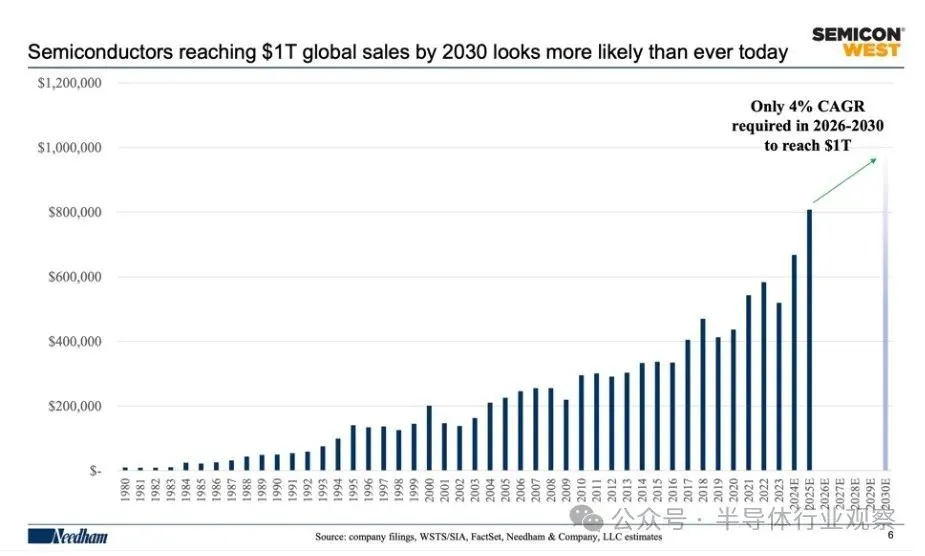
Semiconductor sales are projected to reach $1 trillion by 2030, according to analysts. This growth is fueled by surging demand in AI, automotive technology, and smart environments. The industry's expansion necessitates more than 100,000 tech workers, leading to a potential labor shortage.
AI may become the industry's savior, with fully autonomous wafer factories on the horizon. These facilities, driven by generative AI, promise high efficiency with minimal human involvement.
Global competition intensifies as countries invest billions in domestic chip manufacturing. The U.S., despite a $520 billion investment, could fall behind, holding only a 10% market share.
NVIDIA distinguishes itself, with its market capitalization exceeding $3 trillion. The AI chip leader holds a 10% share of global semiconductor revenue, surpassing industry giants like Intel and Samsung. NVIDIA's success stems from its ability to purchase chips at a fraction of their market price, a strategy that could further extend its advantage.
The outlook for semiconductors is promising, but it is a race against time and talent. The victors will be those who innovate the fastest and recruit the smartest.
AI Method Accelerates Material Thermal Property Predictions
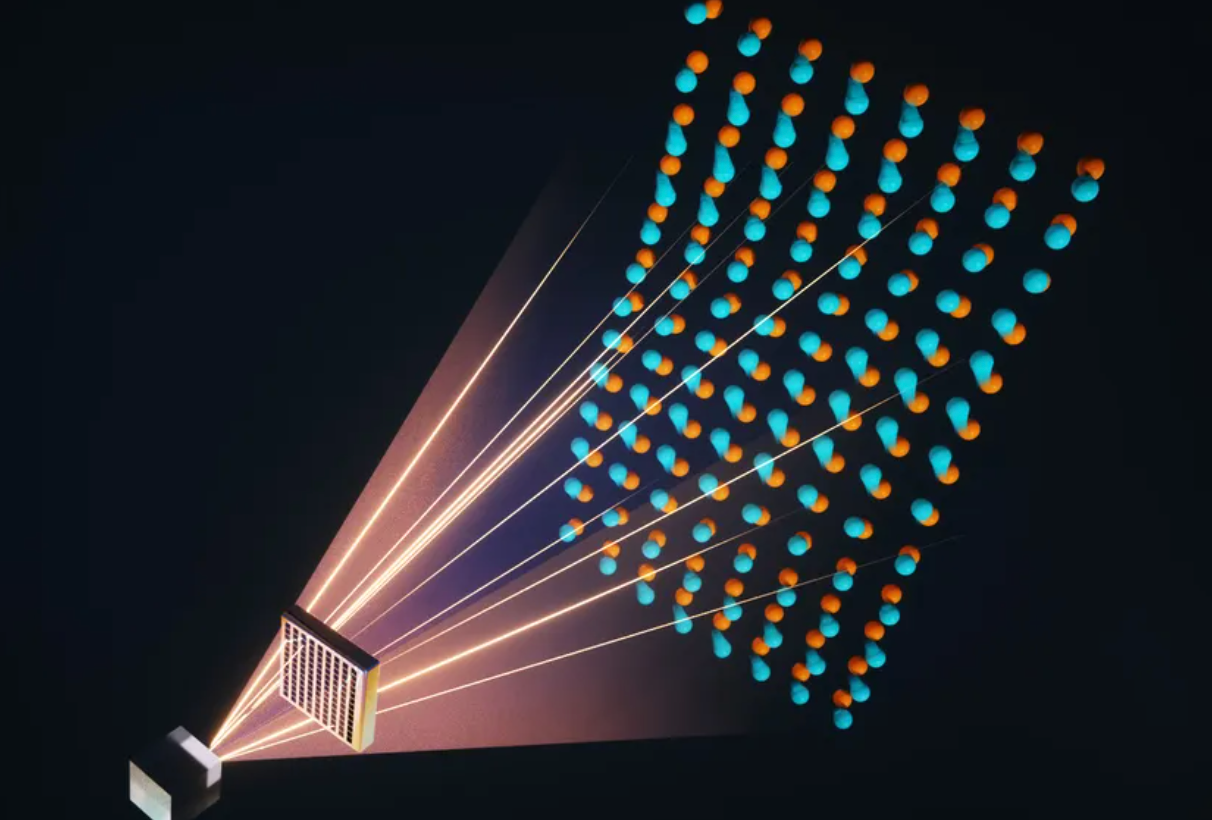
MIT researchers have developed a new AI method to predict material thermal properties, specifically how heat moves via phonons, subatomic particles. This prediction is crucial for designing efficient power systems, as 70% of global energy ends up as waste heat.
The challenge lies in predicting the phonon dispersion relation, which maps the energy and momentum of phonons in a crystal structure. Traditional methods, whether AI or non-AI, are slow and computationally intensive.
The new method, a Virtual Node Graph Neural Network (VGNN), introduces flexible virtual nodes to represent phonons. This approach speeds up predictions by up to 1000 times compared to other AI methods and 100 million times versus traditional methods.
VGNN simplifies complex calculations by using virtual nodes, allowing quick estimation of phonon dispersion relations. It can predict these relations for thousands of materials in seconds on a personal computer.
This efficiency opens new possibilities for discovering materials with specific thermal properties, such as superior heat storage or superconductivity. The method also has potential applications in predicting other challenging properties like optics and magnetism.
Overall, VGNN represents a significant advancement in material science, leveraging AI to tackle complex physical properties more efficiently.
NVIDIA's Blackwell Platform: A Milestone in AI Computing
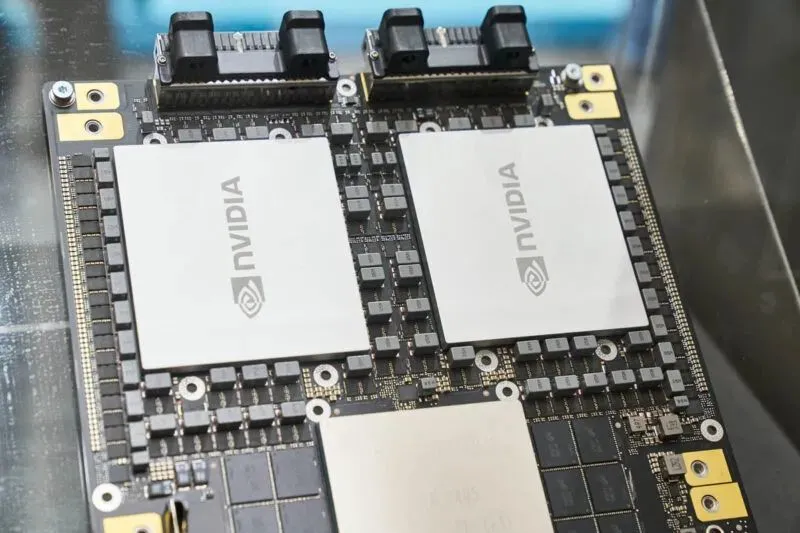
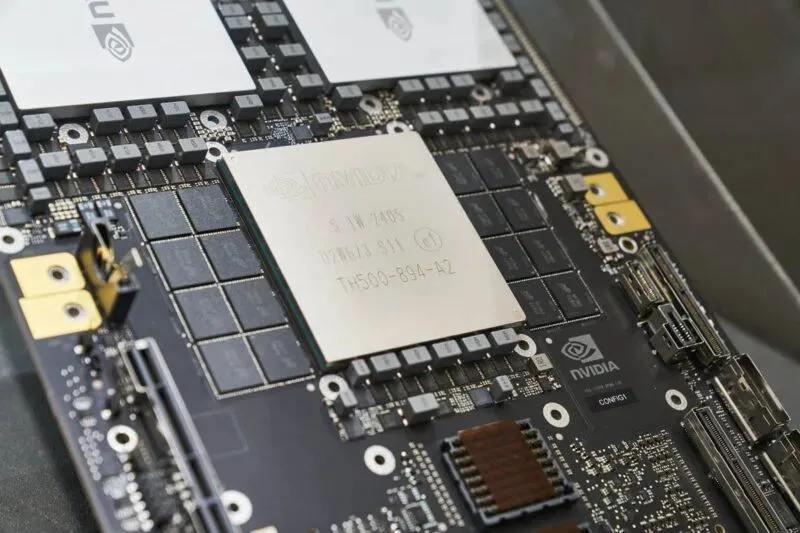
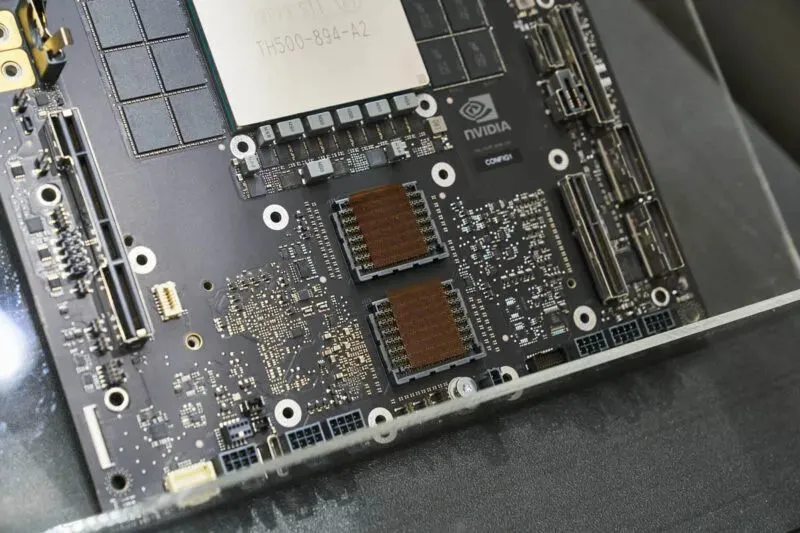
NVIDIA's Blackwell platform, a powerhouse for AI, comes with a hefty price tag. The GB200 NVL72 server rack system, a beast with 72 GPUs, costs $3 million. It's part of a $100 billion investment, involving 25,000 people.
The demand for these high-end AI servers remains strong, despite the cost. NVIDIA plans to ship 60,000 to 70,000 of these racks by 2025, aiming for $2100 billion in revenue. Each rack, packed with 2080 billion transistors, offers 20 petaflops of computing power.
Training complex AI models, like a 1.8 trillion parameter model, requires massive resources. 8000 Hopper GPUs or 2000 Blackwell GPUs are needed, with significant differences in power consumption.
The GB200 superchip, combining CPU and GPU, outperforms its predecessors by a factor of 30, while using less power. NVIDIA's increased orders with TSMC by 25% reflect the high demand.
Blackwell is set to become the standard for AI training and various applications, from robotics to healthcare. The Supermicro version of the GB200 NVL72 showcases a compact, efficient design, using liquid cooling to manage its substantial power needs.
In essence, NVIDIA's investment in Blackwell is a bold move in the AI race, promising high returns despite the initial costs.
NASA's AI Rover Aims to Uncover Ancient Life on Mars
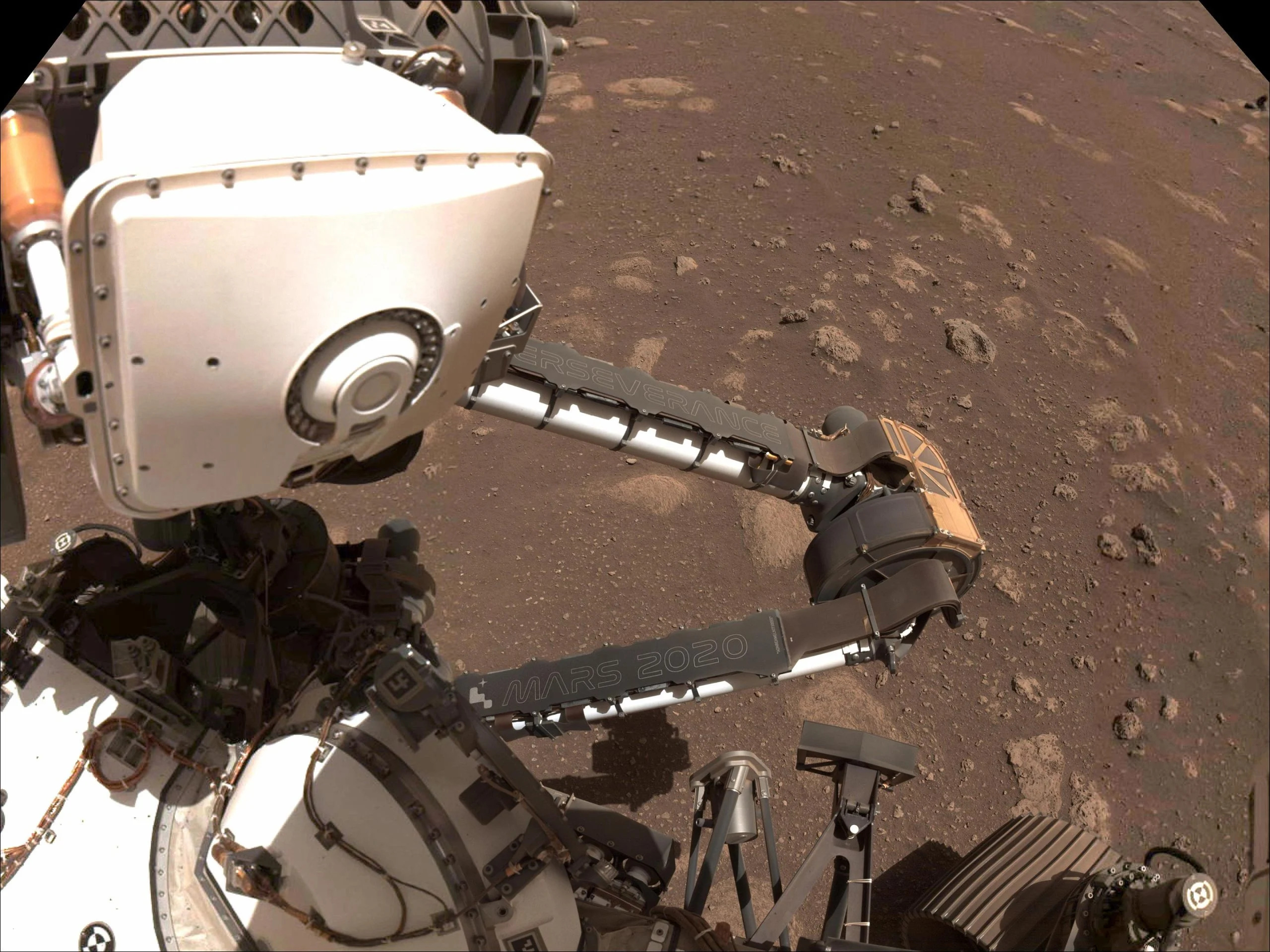
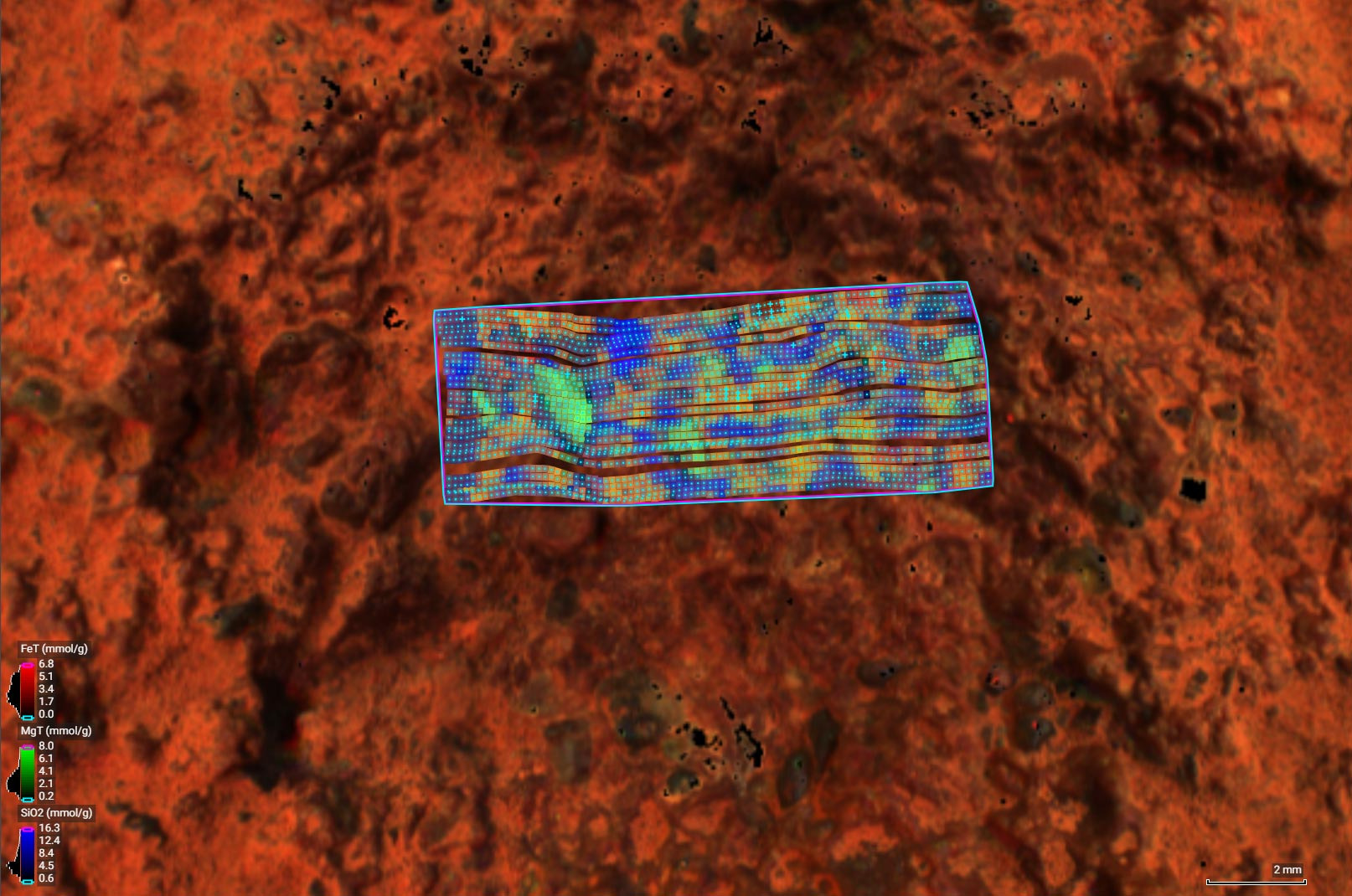
NASA's "Perseverance" rover on Mars employs AI to analyze rocks. The PIXL instrument, part of the rover, scans rock surfaces using X-rays to map mineral chemistry. This aids in identifying conditions that may have supported ancient microbial life.
AI within PIXL facilitates autonomous decision-making, minimizing the need for human intervention. It adjusts the instrument's position to within micrometers, compensating for mechanical changes induced by temperature. Once positioned, PIXL emits thousands of X-ray beams, forming a grid of mineral data points.
This technology enables real-time analysis, identifying minerals such as carbonates and phosphates. Carbonates suggest water's involvement in rock formation, while phosphates might indicate past microbial life.
The AI system also evolves and improves, focusing on a broader range of minerals over time. This adaptability is crucial as future missions will experience longer communication delays.
"Perseverance" is not alone; the "Curiosity" rover uses similar AI to target rocks with lasers, analyzing the resulting gas to understand rock chemistry. Both rovers benefit from reduced human oversight, allowing for more efficient data collection.
Overall, AI on Mars represents a significant advancement in smarter space exploration, capable of making decisions without constant human direction. This autonomy is essential for missions venturing deeper into the solar system.
Tools
"Durable: 30-Second Personal Website Builder with AI Job Search Boost"
Create a personal website with Durable. It takes just 30 seconds and enhances AI job search capabilities.
GitHub Launches AI Models for Enhanced Project Development
GitHub introduces GitHub Models. AI tools, direct import. Build cool projects. Sign up at gh.io/models.
"AI-Apply: Revolutionizing Job Seeking with 2-Minute Resume Builder"
AI-Apply presents a cutting-edge resume builder that allows users to craft a professional resume in less than two minutes. It leverages advanced AI technology to revolutionize the job search process. AI, or Artificial Intelligence, pertains to machines engineered to execute tasks that traditionally demand human intelligence. In this scenario, AI-Apply employs AI to facilitate the efficient and effective creation of resumes.
RenderNet AI: Craft Lifelike Lip-Synced Videos in 25+ Languages
RenderNet AI introduces innovative storytelling tools. Users can create lip-synced videos with realistic voices and expressions. Supports over 25 languages.
Lip-synced videos: Videos where characters' mouths move in sync with spoken words.
Lifelike voices and expressions: AI-generated audio and facial movements that closely mimic human performance.
"Miley AI: Your Personal Memory Assistant for Enhanced Data Management"
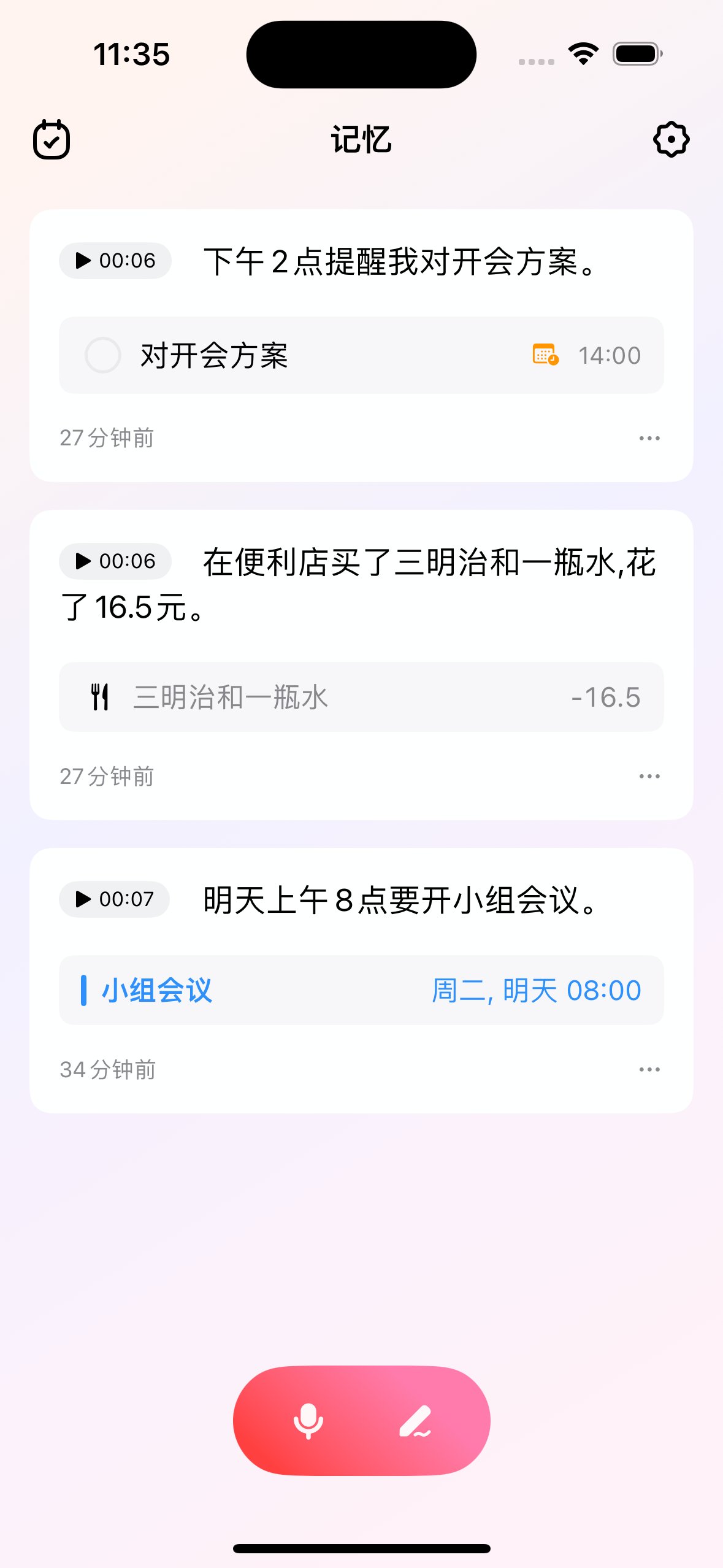
Miley AI, a new personal memory assistant, records and analyzes spoken and written notes. It organizes data for easy retrieval, adding versatility—even for budgeting.
AIMinduck: Bridging Mind Map Structure with AI Content Richness
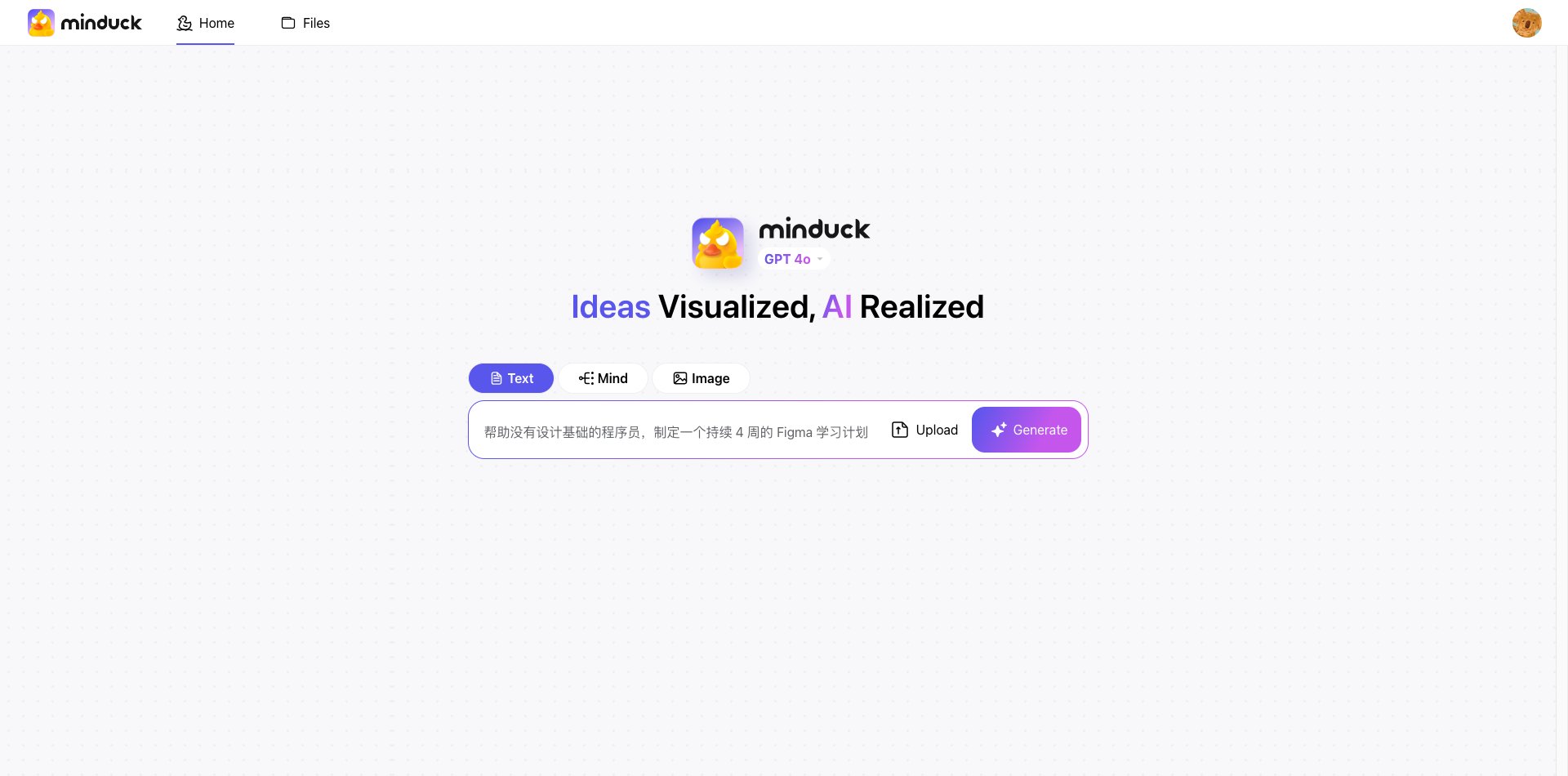
AIMinduck converts mind maps into content creation tools. It tackles two challenges:
- Mind maps are excellent in structure but fall short in providing ample space for extensive text.
- AI-generated content is abundant but frequently lacks a coherent structure.
Mind Map: A visual tool for organizing information and ideas, usually in a hierarchical format.
AI Content Creation: The application of artificial intelligence to produce written material, ranging from articles to books.
Resource
Twitter: GitHub
Every developer can become an AI engineer with GitHub Models. Learn more 👇 https://github.blog/news-insights/product-news/introducing-github-models/
Twitter: Bindu Reddy
You can literally follow along and build an LLM—how cool is this! https://github.com/rasbt/LLMs-from-scratch/blob/main/ch07/04_preference-tuning-with-dpo/create-preference-data-ollama.ipynb
Mastering RAG: Fundamentals and Advanced Techniques
Learn RAG Fundamentals and Advanced Techniques: A course on freeCodeCamp.org explores Retrieval-Augmented Generation (RAG), integrating retrieval-based methods with generative models for more precise responses. Beginning with the basics, the course advances to sophisticated concepts, including system construction, query expansion, and overcoming limitations. Hands-on projects bolster practical skills, equipping learners to implement RAG effectively. By course's end, students acquire a robust understanding of RAG and the capability to develop and enhance RAG systems. Watch the full 2-hour course on YouTube for an in-depth understanding of this valuable AI technique.